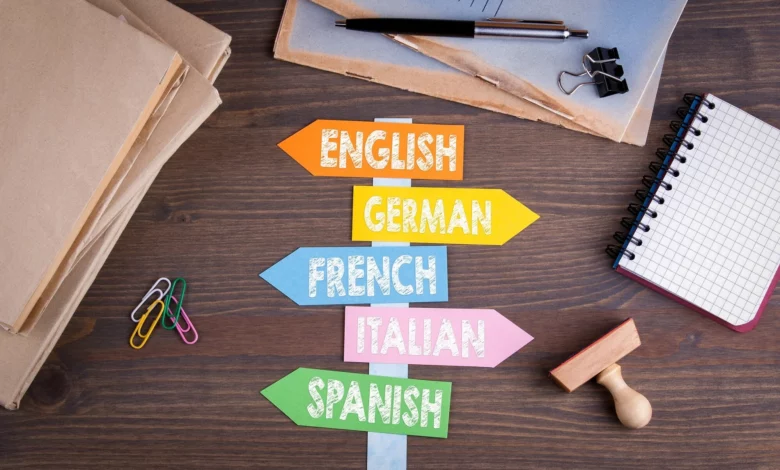Hola and Hallo: 5 Tips for Mastering Spanish and German

Learning multiple languages can open up a lot of doors in your life. Spanish and German are two of the most popular languages in the world that can help you do this.
Being able to speak another language can allow you to communicate with people when you travel abroad and even with people from different backgrounds in your own country.
However, learning Spanish and German can be easier said than done. What can you do to master these languages? Here are some of our biggest tips.
1. Have Separate Routines
One of the biggest tips that you can use if you are learning German and Spanish at the same time is to have separate routines for each.
This allows you to clearly define when it is time to learn each language. When you do this, the idea is to develop some consistency for each and have that help you remember each language better.
An example of this is when you take your commute to work, you may end up having to drive for one hour. You can decide to dedicate that time to learning Spanish with some audio recordings.
Then, after you get home from work and have dinner, you may have a couple of hours you can relax before bed. You may decide to dedicate one of those hours each night to learning German.
By doing this, you now have a set time that you have dedicated to learning each language. You can teach your brain that morning drives are the time you practice your Spanish and evenings before bed are the time that you practice your German.
That should help you keep these two languages separate and improve at both before you know it.
2. Have Separate Time Blocks
Going off of the above, it is not recommended that you try to learn both languages at the exact same time. You want to have a time when you can dedicate 100% of your focus toward each language.
In the example above, the person dedicates their mornings to learning Spanish and their nights to learning German. This is a good start and it can work for some people.
However, other people may need a break with each language to help keep things fresh.
What can you do if you are that type of person? Rotate your time between these two languages.
An example of this is that instead of learning separate languages mornings and nights, you pick one language to learn in both time slots. However, the catch is that you learn things from different subjects in each time slot. You can focus on numbers in the morning and letters in the evenings in the early stages.
On top of this, you can create time blocks to practice each language. One way to do this is to decide to dedicate your first two weeks to learning more Spanish. Then, to keep things fresh, rotate to German for the last two weeks of the month and start the process all over again next month.
3. Take Online Courses
One option you have for mastering both of these languages quickly is to find a good online course for each of them. There are plenty of resources for this these days and the main benefit that you have with this is that it gives you more structure to learn a new language.
Take a look at this German online language course, for example:
https://iifls.com/german-online-language-courses/
You can have visuals from your computer screen or mobile screen to look at and review. An advantage to this is that you can go back and review old material if you are struggling to remember things that you studied in the past.
Online courses tend to be designed by teachers and other people in the education field. As a result, they can create a good lesson plan that can help you learn the language more gradually.
4. Use the Media
With so much technology available at the click of a button these days, you should take advantage of every resource you have at your disposal. Look at the number of podcasts, vloggers, and streaming services available to you.
There is likely content that is designed for bilingual speakers and those trying to pick up a new language. There are even shows from other countries available on international platforms that offer closed captions in popular languages.
So, if your native language is English and you are trying to learn Spanish or German, you can put on a show that either has their characters speak that language or a show that offers those languages in their closed caption options.
5. Find Native Speakers
Arguably the best way to familiarize yourself with a new language is to put yourself in an environment where you are forced to pick up the language.
If you want to go the extreme route, you could travel to Spain and Germany and stay in an area where the native language is more commonly spoken.
If you do not have the time or resources for that, see if there is anybody in your community that speaks those languages fluently. Or, use social media and other online resources to connect with people looking for a language exchange.
Learn Spanish and German
These are some of the best tips that you can use if you want to learn Spanish and German. Make sure you develop a routine and have separate time blocks if you are trying to learn these languages simultaneously.
Also, try out some online courses for each language, use media resources, and find some native speakers to immerse yourself in the language. For more relevant information on this topic, check out our Business section on this blog.


